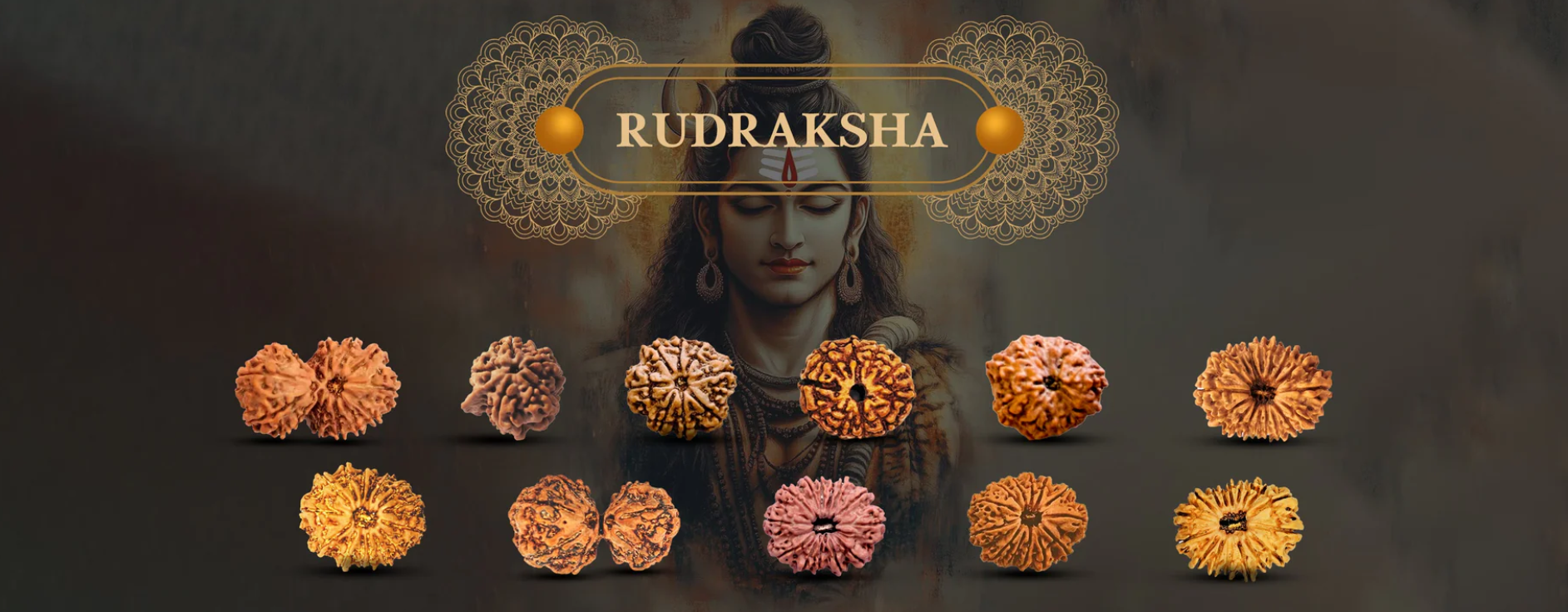
Rudraksh History, Benefits, Types & More
No single tree is as rich with scriptural references, spiritual significance, and legends as. Very few fruit seeds in the world have been given such careful consideration for their peculiarities or been categorized and evaluated based on their worth and special attributes.
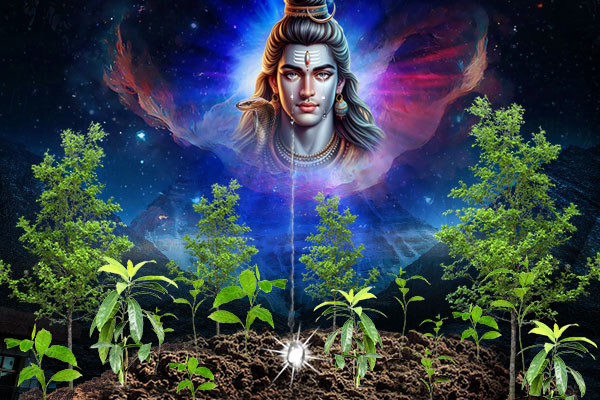
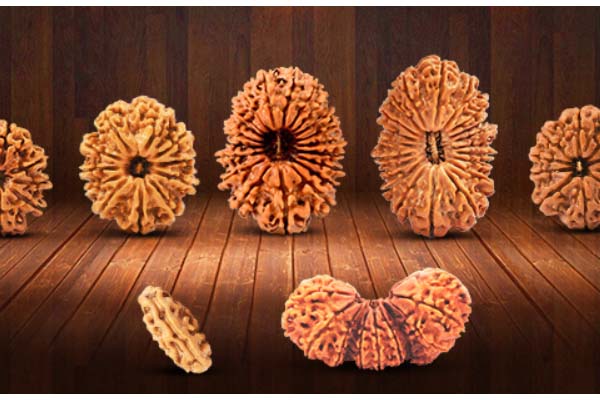
Rudraksh beads have long been sought for their medicinal and mystical properties. The word Rudraksh (Botanical name: Elaeocarpus Ganitrus) is derived from the words Rudra (Shiva) and Aksha (Eyes). Ancient spiritual texts like the Shiva Puran and the Devi Bhagavatam are replete with the numerous therapeutic properties and the spiritual significance of Rudraksh beads. Rudraksh are known for their potent energies making them a powerful tool for Material & Spiritual upliftment. They are available in broadly 26 types in both Nepal & Java varieties defined by the grooves or Mukhi lines on the external surface, their prices are determined by their origin, rarity, shape & size. The powerful Rudraksh beads heal on an emotional, mental, physical, spiritual, and material level.
Scientific research has validated and confirmed the divine power of Rudraksh beads ranging from 1 Mukhi to 21 Mukhi. It has been shown that with the power of these beads, people from all walks of life, regardless of caste, creed, religion, nationality or gender, experience improved health and overall happiness, enhanced creative and intuitive abilities, thriving relationships, and material and spiritual fulfillment, ultimately allowing them to reach their full potential.
History of Rudraksha
For millennia, Rudraksha beads have been used as a miraculous tool for self-empowerment and enlightenment. Throughout history, Rudraksha beads have adorned the necks of saints, sages, and yogis in India, elevating their spiritual aspirations and serving as a pathway to the divine. Rudraksha beads have become widely popular among spiritual seekers from different cultures and traditions.
According to ancient legend, it is said that after thousands of years of meditation, when Bhagwan Shiva opened his eyes, He witnessed the suffering of mankind. Tears of compassion welled up in His eyes. When these tears fell to the ground, Rudraksh Trees sprouted from them.
Where is Rudraksha Found in Nature?
Rudraksha (Scientific name: Elaeocarpus Ganitrus, English name, Utrasum Bead Tree, Indonesian name, Ganitri or Jenitri Tree) is a large genus of deciduous evergreen trees. The trees are nearly 50ft to 200ft in height and grow in the North Indian River Plain of the Himalayas to South-East Asia, Nepal and Indonesia. All trees produce white, fringed flowers that become olive-like drupes. The tree trunks are cylindrical and circular and have rough grayish white bark that has small vertical lenticels and narrow horizontal furrows. Rudraksha’s branches spread in all directions, forming a pyramidal crown in its natural habitat. Rudraksha grows in subtropical climates between 25 and 30 degrees Celsius. Once the seeds are planted, they grow into trees (12 to 16 years) which begin to produce fruits which look like big sized blueberries.
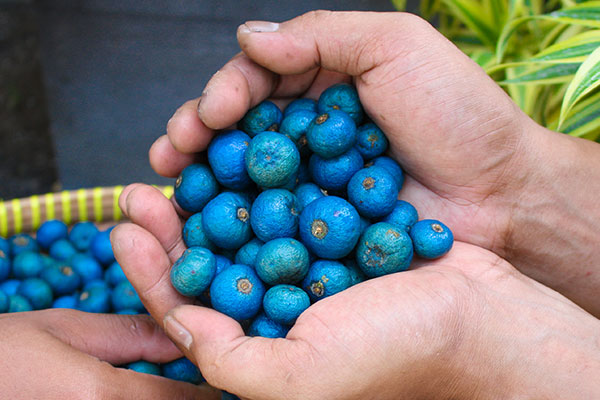
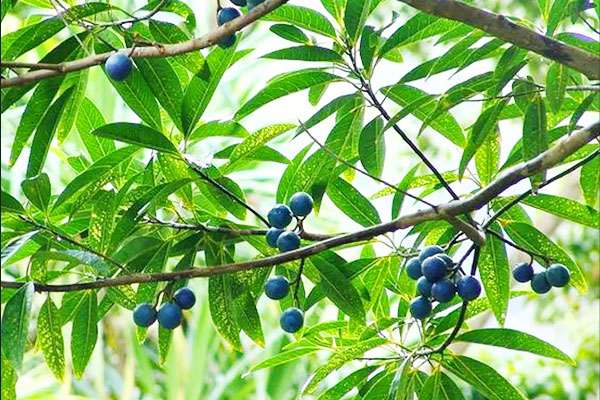
Rudraksha Trees usually bear fruit after many years of cultivation. Initially Rudraksha fruits have a blue colored covering, when they are ripe either fall down naturally or are harvested by the farmers. If the fruits are dried up then this blue cover usually darkens and becomes Olive Green to Dark Brown in color, however most of the time the fresh fruits are soaked in water for a few days and the cover/pulp is removed to extract the Rudraksha Fruit, it is this fruit which is worn on the body for Healing & Empowerment. Rudraksha trees thrive predominantly in Nepal and South East Asia, notably in Java (Indonesia). Some trees are also found in Malaysia, Thailand, India, Burma, among other regions. As per our research Rudraksha from Nepal & Java are the most superior and are used as tools for Healing.
In Nepal they are found along the Himalayan foothills situated above 2000 meters sea level. Nepali Rudraksha botanically are large evergreen broad leaved trees that can reach heights up to 50 to 200 feet usually on hilly slopes. In Indonesia Javanese Rudraksha Trees thrive is a subtropical climate. They grow in tropical climates at lower elevations with diverse soil conditions and are often found in dense forests. They also take almost 10-12 years to mature and bear Rudraksha Fruits. The Broad Leaves provide ample shade to the flora and fauna. Javanese Rudraksha Trees contribute significantly to Rudraksha trade as most Rudraksha Malas used for Japa or Mantra chanting are derived from a specific variety of Javanese Rudraksha Trees. They also offer a wide range of mukhis similar to trees from Nepal.
Rudraksha turns from a white blossoms flower to a greenish fruit which turns blue when ripe before falling naturally from trees. After this most farmers remove the pulp, the lower mukhis which abundantly available are cleaned using a mixture of Sand & Glass whereas Higher Mukhi which are rare and higher priced are usually cleaned manually. After cleaning of these beads hard lustrous Rudraksha Seeds are obtained in Nepal, Rudraksha trees follow a harvesting schedule that coincides with their natural seasons of production. Farmers typically gather the ripe Rudraksha fruits twice a year, respecting the tree’s seasonal rhythm. The initial harvest takes place between March and May, coinciding with the lively spring season when the trees are at their maximum blossoming. The second harvest takes place between September and November, during the autumn months. This biannual harvesting tradition ensures a sustainable supply of Rudraksha beads while allowing the trees to thrive and reproduce naturally. In contrast to Nepal, the harvesting of Rudraksha trees in Indonesia is conducted in multiple stages throughout the year. This is attributed to the region’s lush tropical climate, which fosters rapid growth and abundant fruiting cycles. Unlike the biannual harvests in Nepal, Indonesian farmers engage in several harvests annually to collect ripe Rudraksha fruits at various stages of maturity. This approach ensures a continuous supply of Rudraksha beads while preserving the trees in appropriate condition. By adapting to the natural rhythm of the trees and leveraging Indonesia’s fertile environment, farmers can maintain a sustainable manner and satisfy the demand for these sacred beads.
In Indonesia, the cultivation of Rudraksha is notable for its prodigious production of Mukhis, specifically within the range of 2 to 10. This profusion exceeds what is commonly found in Nepal, due to the lush tropical climate of the island of Indonesia and its fertile soil, which fosters prolific growth. Enthusiasts and practitioners benefit from the plentiful availability of Rudraksha beads in these Mukhi counts, making them more accessible for spiritual and healing purposes. Thus, it is said that 70% of the rudraksha yield comes from Indonesia. However, it’s important to note that while Indonesia boasts plentiful supplies of the more common Mukhis, such as those from 2 to 10, the rarer Mukhis from 14 mukhi and higher and Trijuti,Savar and Gauri Shankar remain as elusive as they are in Nepal. The One Mukhi Rudraksha is found in Indonesia only, not in Nepal where people try to sell a part of the Savar bead which has 1 face as the original 1 mukhi rudraksha.
Extensive research supports the premise that Indonesian and Nepalese Rudraksha beads provide the most diverse range of benefits and are renowned for their superior quality. These findings emphasize the significance of Rudraksha beads from these regions, revered for their spiritual power and therapeutic qualities.
